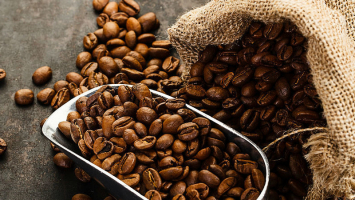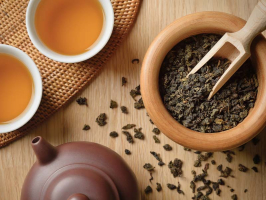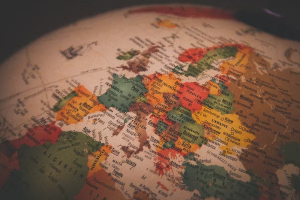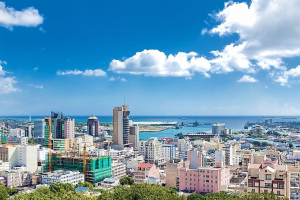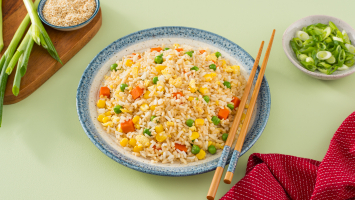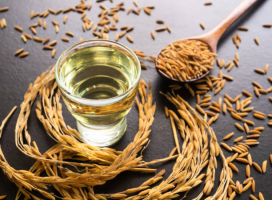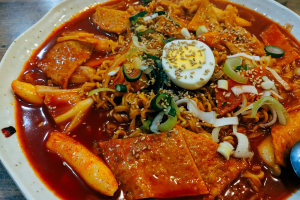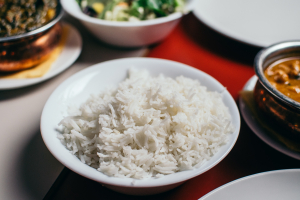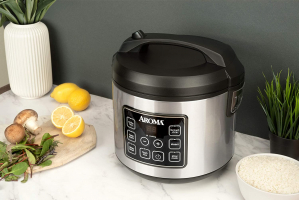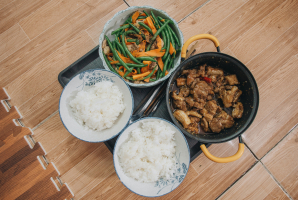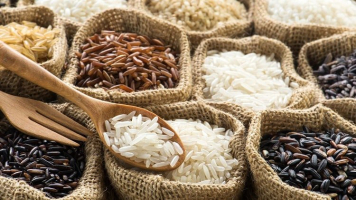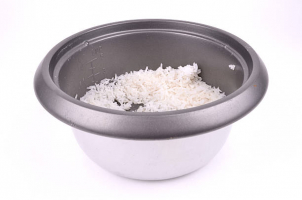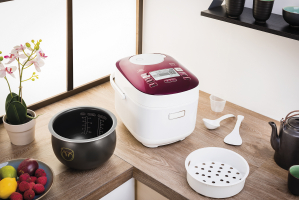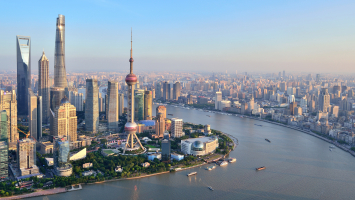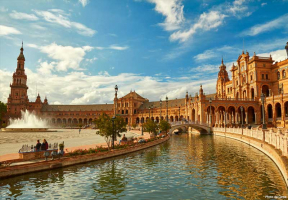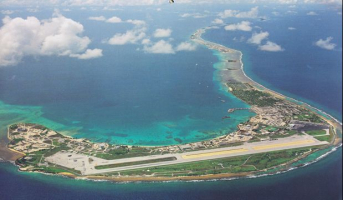Top 10 Largest Rice Exporting Countries
Rice is a primary food crop in many countries, particularly in Asian regions ranging from Japan to Pakistan. It thrives in humid environments, which are ... read more...abundant throughout Asia. And, as a result of these climatic circumstances, India and Thailand have surpassed the United States as the top rice exporting countries in 2020. The world's largest rice exporting countries are listed below.
-
When it comes to rice cultivation in China, quality and quantity are inextricably linked. China is the birthplace of rice production. For the Chinese, rice is an essential component of their diet. China is ideal for rice farming because it is one of the world's largest countries and has a large amount of arable land.
China is the world's largest rice grower, accounting for 30% of worldwide rice output. At 6.5 tonnes per hectare, it produces the best rice yields in Asia. Rice is grown all over the country and is thought to have been domesticated circa 7000 BC in the Yangtze River Valley and Yellow River. In China, the indica and japonica subspecies of rice are the most common, with hybrid rice being developed on a regular basis. Rice farming is time-consuming and requires a range of cropping and planting techniques, as well as fertilizer and insecticides. Consumers prize rice as a food grain, and it is a staple diet for two-thirds of the country.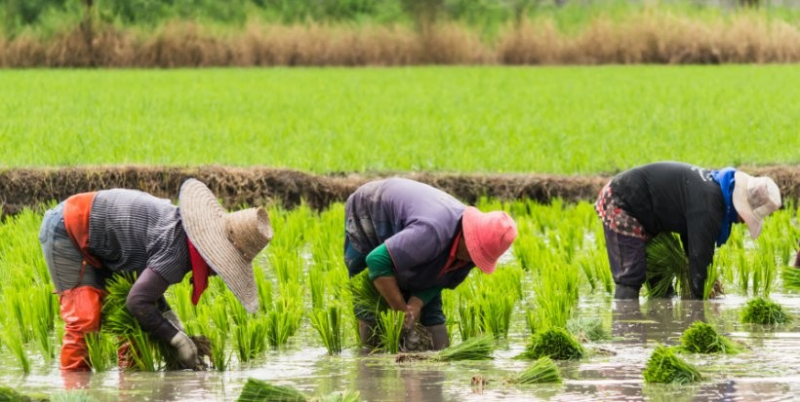
Photo: vietnamtimes.org.vn -
India, like China, is perfect for rice growing and is the world's second-largest rice producer. It has large swaths of land, seasonal fluctuations, and annual rainfall, all of which make it ideal for rice farming. Rice is a main food in India as well. White and brown rice are grown in the country, and it is exported all over the world. Tidal Imports and Exports is one of India's largest non-basmati rice exporters to Saudi Arabia. They are also the country's largest providers of broken rice.
India recorded the world's biggest rice export volume of 15.5 million metric tons in 2020-21. India is a leading producer of both white and brown rice. It produces 20% of the world's rice and is the world's biggest rice exporter.
Rice is India's most important crop and the main diet of the country's eastern and southern regions. Rice is a significant crop in terms of national food security in the eastern and southern sections of the country, where it is the staple crop.
With 4.4 million tons exported in 2018-19, India is also the world's top exporter of Basmati rice. The largest rice-producing Indian states include Punjab, Andhra Pradesh, Uttarakhand, Uttar Pradesh, West Bengal, Tamil Nadu, Bihar, Chhattisgarh, and Orissa.
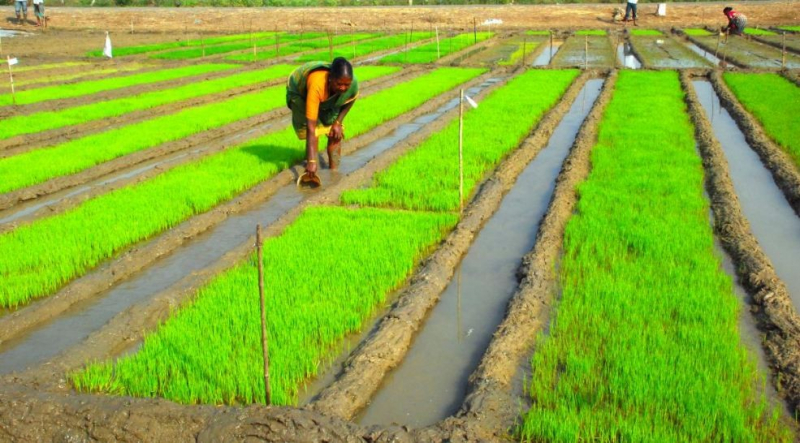
Photo: vietnamtimes.org.vn -
Despite being the world's third-largest rice producer, Indonesia nevertheless needs to import rice practically every year (although usually to keep the reserves at a safe level). Farmers' non-optimal production techniques, combined with high per capita rice consumption, have resulted in this situation (and the massive population). In fact, Indonesia is one of the world's greatest rice users. In 2017, the country's per capita rice consumption was about 150 kg (of rice, per person, per year). Only Myanmar, Vietnam, and Bangladesh consumed more rice per capita.
Smallholder farmers, not large corporate or state-owned corporations, dominate rice production in Indonesia. Smallholder farmers account for almost 90% of Indonesia's rice production, with each farmer owning less than 0.8 hectares of land.Given that Indonesia has a huge population that eats a lot of rice, and given the hazards of being a rice importer when food prices rise (which burdens poorer households that spend more than half of their income on food), obtaining rice self-sufficiency is a major objective for the country. The country actually wants to become a rice exporter.
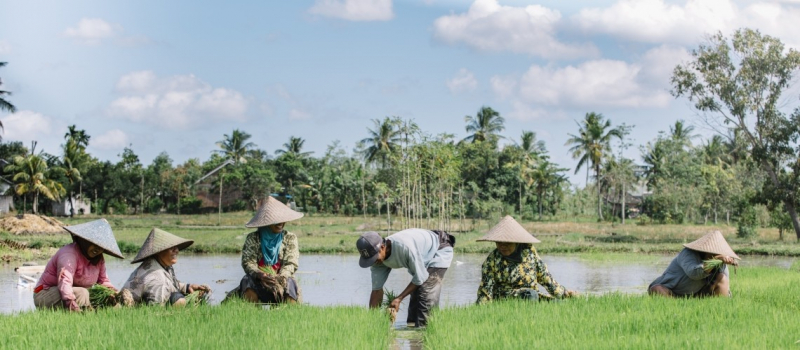
Photo: vietnamtimes.org.vn -
Rice is a type of cereal that is found in almost every Vietnamese family meal. The long grain of Indian rice and the circular risotto are not the same as the Vietnamese rice. In addition, with endless paddy fields across the country from north to south, Vietnam is one of the world's top rice exporters. You will learn about Vietnamese rice production and utilization in this post.
Winter-spring, summer-autumn, and winter-spring-summer-autumn are the two main production seasons. During this period, the crops and output are at their peak. In 2016, the overall area for the winter-spring crop was 3 million hectares, while the summer-autumn crop was 2.8 million hectares. The amount produced in the first crop was 19 million tons, and the second crop was 15 million tons.
Despite the fact that there are hundreds of rice fields throughout Vietnam, the Mekong Delta deserves to be called the country's "rice bowl," with 4.3 million hectares generating 24.2 million tons in 2016. The harvest was grown on around 1 million hectares in the Red River Delta and 6.7 million tons of rice were produced in the Central of Vietnam.
A farmer's day typically begins as early as 5 a.m. to produce that amount of crop. Farmers work in the scorching sun all day, and the labor is much more difficult in areas where there is little access to technological advancement. In those locations, the majority of the production is done by hand.
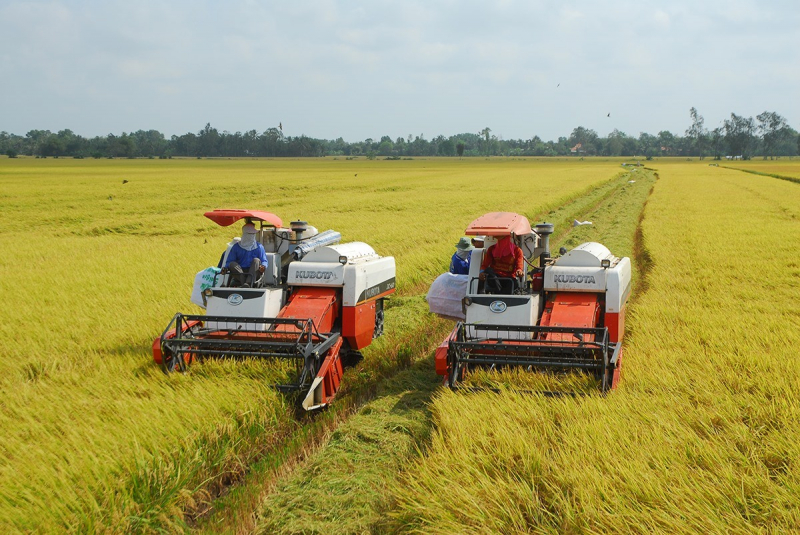
Photo: vietnamtimes.org.vn -
Thailand's rice production accounts for a substantial amount of the country's economy and work force. The total value of Thai rice traded in 2017 was 174.5 billion baht, accounting for around 12.9 percent of total farm production. According to one estimate, rice farmers account for 16 million of Thailand's 40 million agricultural workers.
Thailand has a long history of rice cultivation. It boasts the world's fifth-largest area under rice production and is the world's second-largest rice exporter. Thailand intends to increase the amount of land accessible for rice production by 500,000 hectares (1,200,000 acres) on top of the 9.2 million hectares (23 million acres) it already has. Rice is grown on about half of Thailand's agricultural land.
Paddy production for both the main and second crops is expected to reach 27–28 million metric tons (30–31 million short tons) in the 2019–2020 season, pulled down by a decline in second crop production owing to floods and drought, according to the Thai Ministry of Agriculture. Although it is thought that only Surin, Buriram, and Sisaket Provinces can grow good grade hom mali rice, jasmine rice, a higher quality variety of rice, is the rice strain most commonly produced in Thailand. Although jasmine rice produces a lower crop yield than other forms of rice, it sells for more than twice as much as other cultivars on the global market.
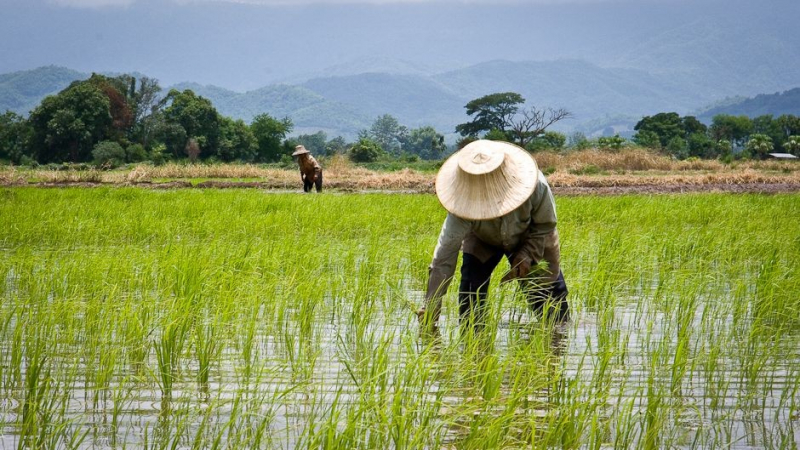
Photo: vietnamtimes.org.vn -
Rice is the staple cuisine of Bangladesh's 135 million inhabitants. It accounts for over half of all rural employment, two-thirds of total calorie supply, and one-half of total protein intake for the average person in the country. In Bangladesh, the rice sector accounts for half of the agricultural GDP and one-sixth of national income.
Rice is grown by nearly all of the country's 13 million farm families. Rice is grown on around 10.5 million hectares, a figure that has been nearly constant over the last three decades. Rice is cultivated on around 75% of the total farmed area and over 80% of the total irrigated area. As a result, rice is critical to the Bangladeshi people's survival.
Bangladesh produced roughly 10.59 million tons of rice in 1971, when the country's population was just around 70.88 million. However, the country today produces approximately 25.0 million tons of food to feed its 135 million inhabitants. This suggests that rice output grew at a far quicker rate than the population. This increased rice production is largely attributable to the adoption of contemporary rice varieties on approximately 66 percent of the country's rice acreage, which accounts for roughly 73 percent of total rice production.
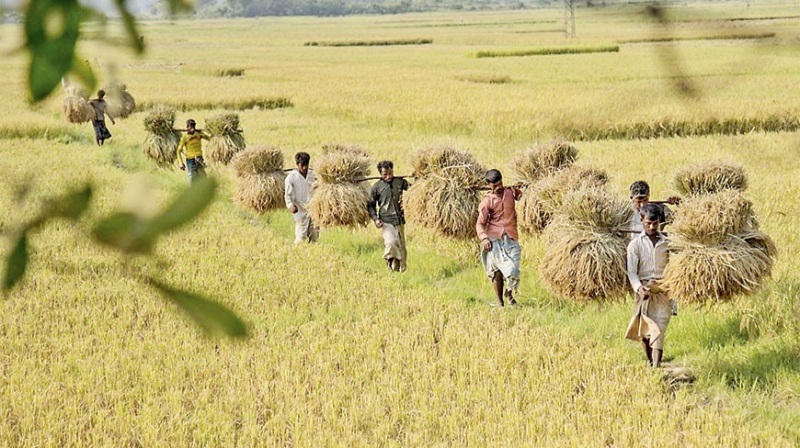
Photo: vietnamtimes.org.vn -
Burma, Myanmar's irrigated and fertile soil, provides the most conducive setting for rice production. Despite a scarcity of resources and investment in the agricultural sector, this country has produced a high level of output. According to the most recent numbers from last year, Burma produced 34.250 million metric tons. The government still needs to take the required efforts to make the most of the available agricultural land for rice production.
In Myanmar's economy, agriculture continues to be quite significant. Understanding Myanmar's agriculture dynamics and performance has been challenging for many years due to a lack of trustworthy, up-to-date data at the sectoral, sub-sectoral, and microeconomic levels. Myanmar's demographics, economy, and governmental spending have all changed dramatically in the last five years, as has its integration into global and regional agro-food markets.
Despite significant diversification in Myanmar's agriculture over the last decade, rice and bean or pulses remain key components of the sector. Rice is still an important crop and product in Myanmar's economy and welfare. Myanmar's paddy output has improved slightly, but it continues to lag behind its contemporaries and its potential. A large rise in labor productivity has been one beneficial outcome at the industrial level. A large increase in the usage of agro-chemicals in paddy production is one potentially concerning development. Many functions elsewhere in the rice value chain are characterized by low operational efficiency and/or poor quality management. Myanmar, after India and Canada, is the world's third-largest producer of pulses.
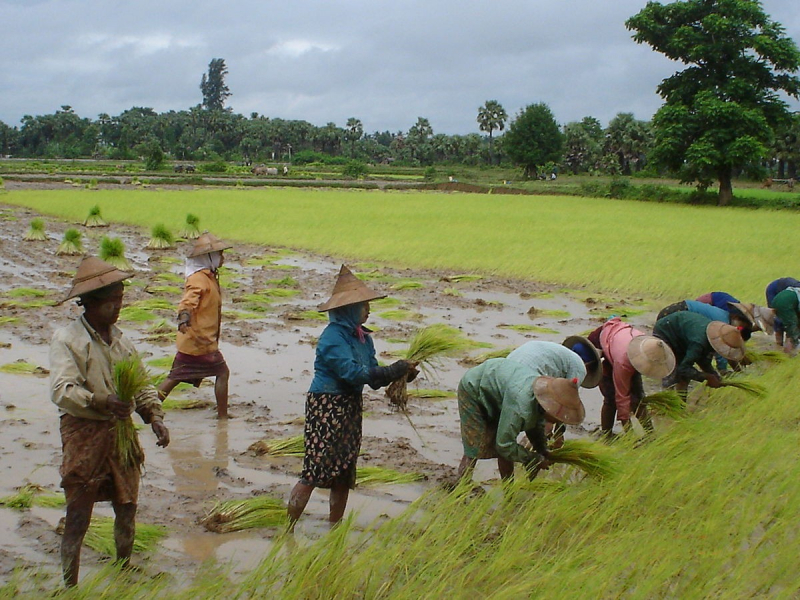
Photo: vietnamtimes.org.vn -
In the Philippines, rice farming is an essential part of the country's food supply and economy. The Philippines is the world's eighth largest rice producer, with 2.8 percent of worldwide rice production. In 2010, the Philippines was the world's largest rice importer.
Rice is the most significant food crop in the country, and it is a staple diet for the majority of the population. Luzon, the Western Visayas, Southern Mindanao, and Central Mindanao are all major producers. Palay (pre-husked rice) was produced in roughly 20.7 million metric tons in 2010. Palay contributed for 21.86 percent of agriculture's total value added and 2.37 percent of GDP in 2010.
In 2017, total paddy rice production met 93% of the country's annual need. Rice was consumed in the amount of 11.7 million tonnes by the population. In comparison to other Asian countries, rice yields per hectare in the Philippines have historically been poor.
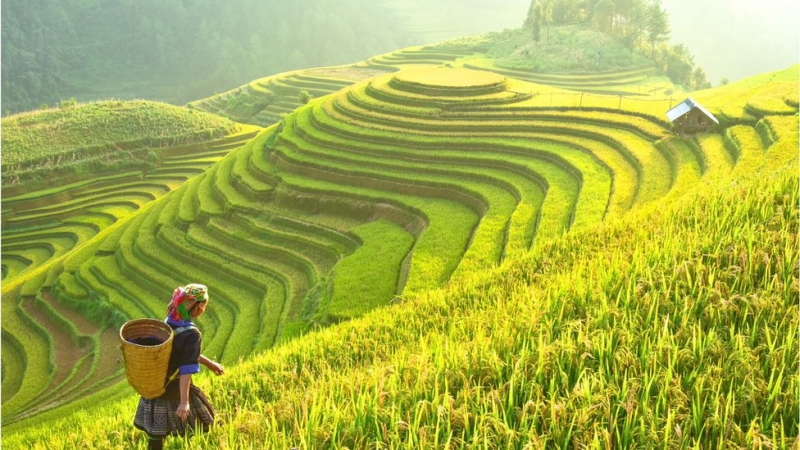
Photo: vietnamtimes.org.vn -
Brazil is the only South American country that produces a lot of rice. Rice production in Brazil is expected to reach 10.6 million metric tons in crop year 2019/2020, up marginally from 10.45 million tons the previous year. The crop's output, on the other hand, is predicted to reach approximately 6.3 tons per hectare that year, the highest in the country since 2010.
Brazil is the only South American country with a large rice production.
Brazil accounts for 1.7 percent of the world's total rice production. They are in the top 9 due to their high-quality grain utilization. There are around 251 different types of rice produced in the country.
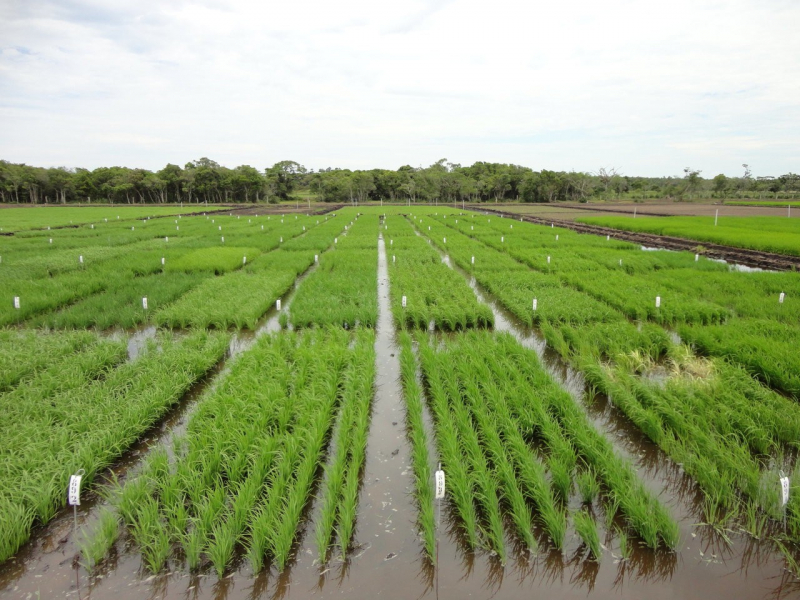
Photo: vietnamtimes.org.vn -
Outside of Japan, Japanese rice is recognized for its sticky feel when cooked, and is frequently referred to as sushi rice. Traditional cuisines as well as popular convenience foods such as bento lunchboxes and onigiri rice balls contain it. Rice is utilized in the creation of popular snack foods like rice crackers, which are among the most popular confectionery items in Japan, as well as alcoholic beverages like Japanese rice wine, usually known as sake.
Japan has one of the highest rice consumption rates in the world. Rice has been a staple food in Japan for over a decade, with a self-sufficiency rate of over 96 percent. As a result, the domestic rice demand was almost totally met by the country's rice production business. Because the Japanese government imposes substantial taxes on rice imports from other countries, the majority of domestic production is used for domestic consumption. However, the amount and value of locally produced rice for commercial use has been increasing in recent years, with the most recent export value exceeding 4.5 billion Japanese yen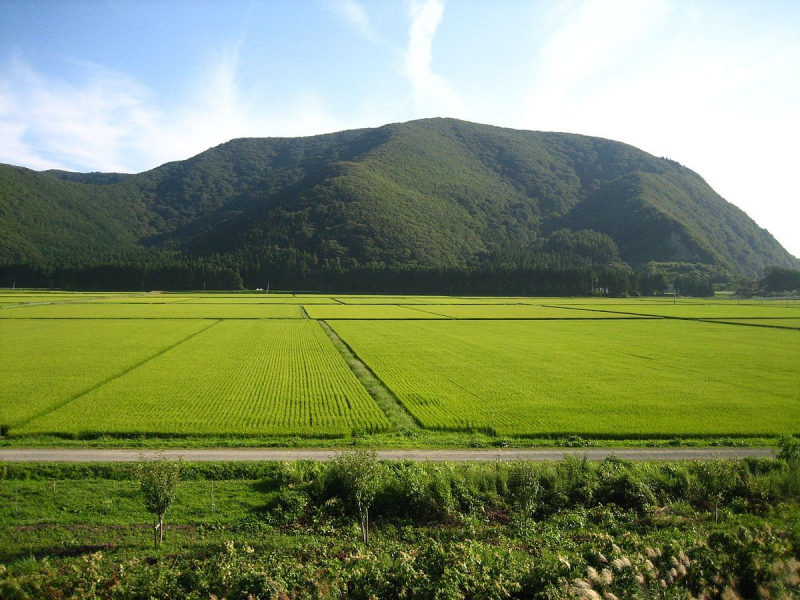
Photo: vietnamtimes.org.vn












